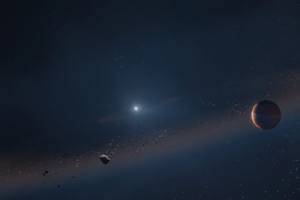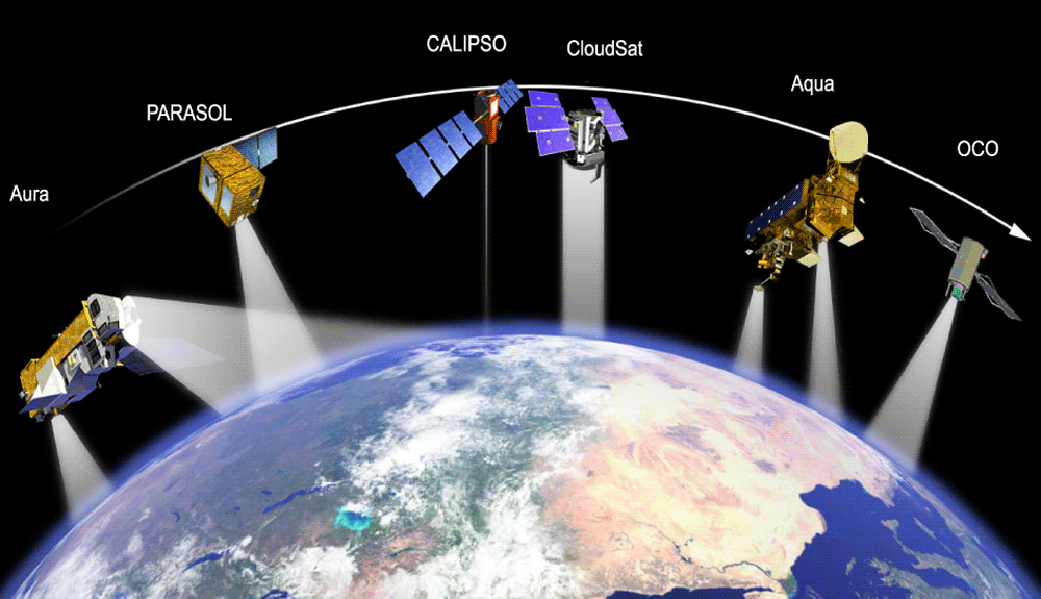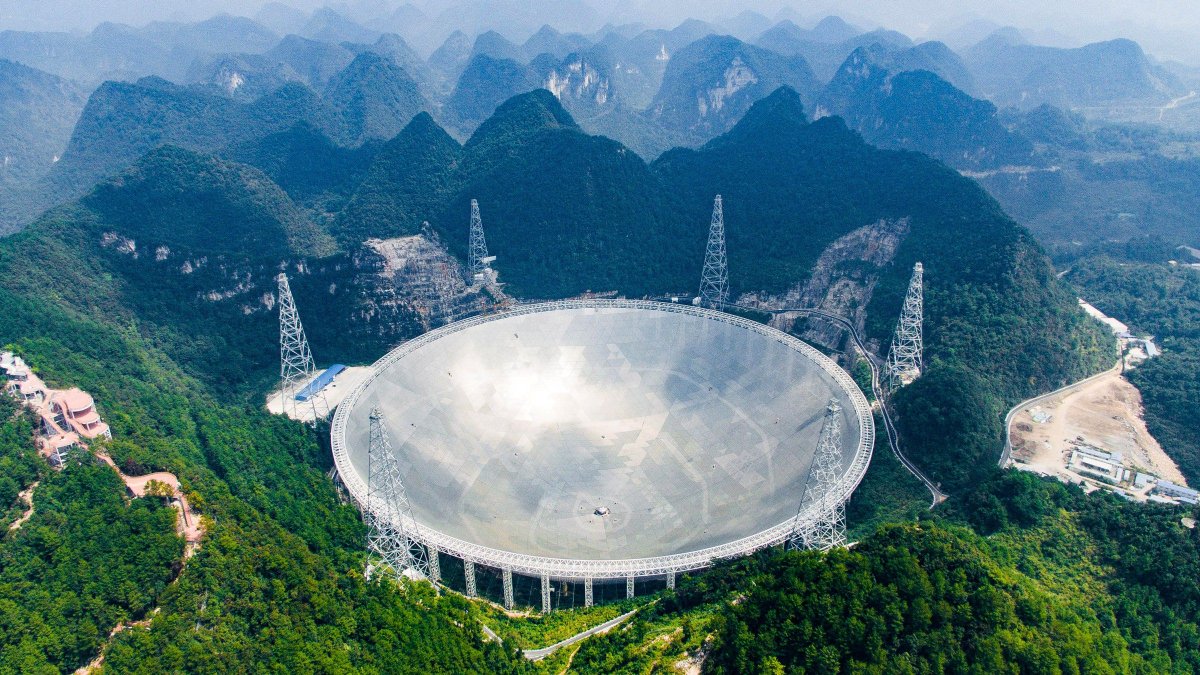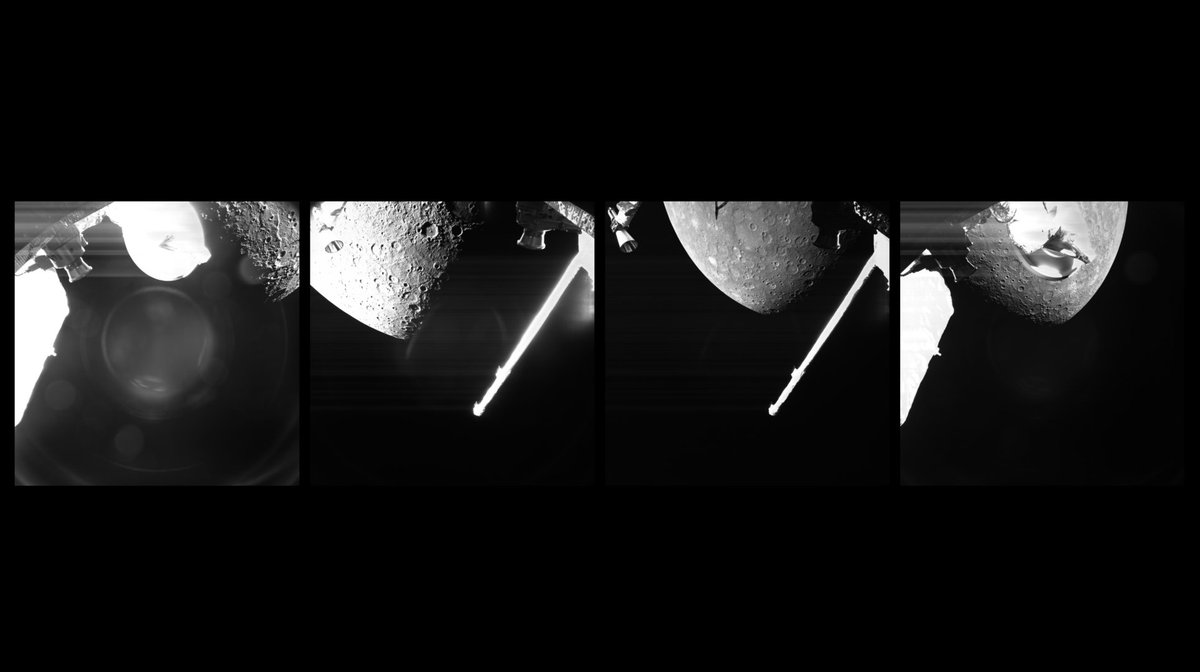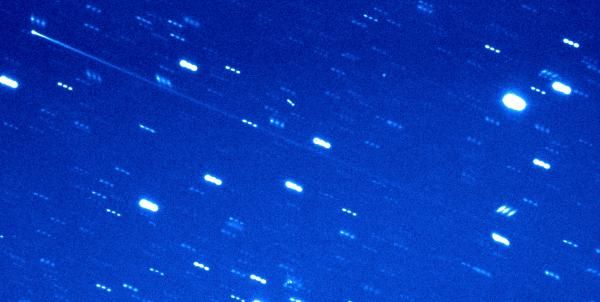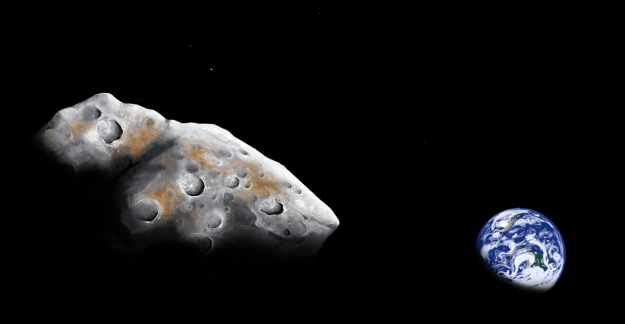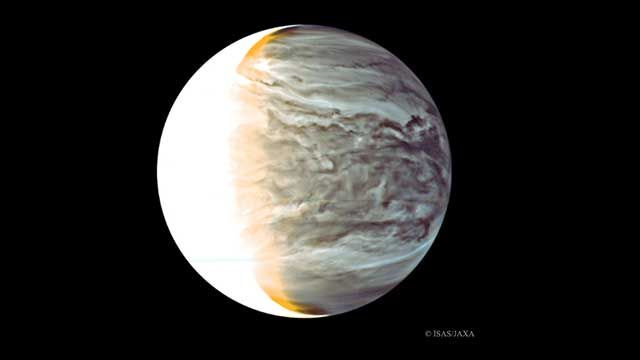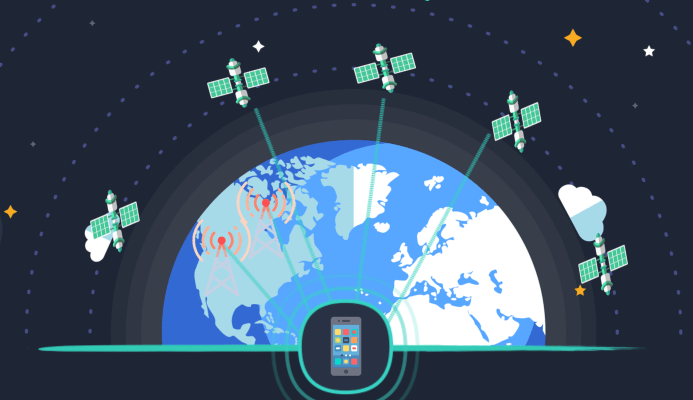Scientists have long known the fate of our solar system – and likely the fate of Earth itself. In a few billion years, the Sun will run out of fusion fuel and expand to a “red giant” phase, likely swallowing everything in the solar system up to the orbit of Mars. But, some of the planets past that point could survive, like Jupiter and Saturn. Now, scientists have used the Keck Observatory to see a system that looks like what ours will after the Sun’s red giant phase for the very first time.
Continue reading “This’ll be us… in 5 Billion Years”A Spacecraft Could use Gravity to Prevent a Dangerous Asteroid Impact
The idea of avoiding asteroid impacts has featured prominently in the public’s mind for decades – especially since the release of Deep Impact and Armageddon. But is using a nuclear explosion the best way to deal with potentially hazardous space rocks? Decidedly not. If given enough time, there is a much more effective (and safer) way to dealing with any object on a collision course with Earth – a gravity tractor. Now, Dr. Yohannes Ketema from the University of Minnesota has developed a flight pattern that makes this simplest of all asteroid defense mechanisms that much more effective.
Continue reading “A Spacecraft Could use Gravity to Prevent a Dangerous Asteroid Impact”Not Just Sitting Ducks. Maybe Satellites Could Dodge Almost all Space Junk
Kessler syndrome is becoming more and more of a potential hazard as more and more companies vie to place more and more satellites in Low Earth Orbit (LEO). But it will only get out of hand if a chain reaction of collisions happens, which could potentially cause a complete breakdown of orbital infrastructure.
To combat that possibility, satellites currently attempt to dodge any debris that gets anywhere near them. Now, a new paper by Dr. Jonathan Katz of Washington University, St. Louis, proposes a system that can accurately detect whether a piece of debris will impact a satellite and allow the satellite itself to move out of the way only for trash that will actually hit it.
Continue reading “Not Just Sitting Ducks. Maybe Satellites Could Dodge Almost all Space Junk”China’s FAST Telescope Could Detect Self-Replicating Alien Probes
One of the most challenging questions to answer when confronting the Fermi Paradox is why exponentially scaling technologies haven’t taken over the universe by now. Commonly known as von Neumann probes, the idea of a self-replicating swarm of extraterrestrial robots has been a staple of science fiction for decades. But so far, there has never been any evidence of their existence outside the realm of fiction. That might be because we haven’t spent a lot of time looking for them – and that could potentially change with the new Five-hundred-meter Aperture Spherical Radio Telescope (FAST). According to some recent calculations, the massive new observational platform might be able to detect swarms of von Neumann probes relatively far away from the sun.
Continue reading “China’s FAST Telescope Could Detect Self-Replicating Alien Probes”BepiColombo’s First Pictures of Mercury
BepiColombo recently had its first close flyby of Mercury, its eventual mission target, and got to snap some pictures to commemorate the event. Even at this early stage of the mission, these images are some of the clearest we have ever had of the innermost planet.
Continue reading “BepiColombo’s First Pictures of Mercury”This Object is Both an Asteroid and a Comet
In astronomy, comets and asteroids are defined very differently. Comets have a “nucleus,” usually made of ice and dust, and a tail when they get near the sun, which is the nucleus material shedding off from the comet itself. Asteroids, on the other hand, are small balls of rock orbiting the sun. Occasionally though, some objects meet the criteria to be both an asteroid and a comet – and a team from the Planetary Science Institute (PSI) think they have found a new one.
Continue reading “This Object is Both an Asteroid and a Comet”There are Many Metal-Rich Asteroids Nearby to Investigate
Usually, when the topic of asteroid mining comes up, thoughts turn to the riches of the asteroid belt between Mars and Jupiter. The sheer size and scale of the available resources in these asteroids are astounding and overshadow a much more accessible resource – Near-Earth Asteroids (NEAs) that are much closer to home. Now a team from the University of Arizona (UA) has spent some time looking at these near neighbors and realized some are very similar to one of the most famous asteroids in the belt – Psyche.
Continue reading “There are Many Metal-Rich Asteroids Nearby to Investigate”On its Next run, LIGO Will be Able to Probe 8 Times as Much Space
Materials science has once again come through for space exploration. Researchers at the Laser Interferometer Gravitational-Wave Observatory (LIGO) have developed a coating that could increase the sensitivity of LIGO by almost an order of magnitude. That would increase the detection rate of the gravitational waves the observatory is seeking from about once a week to once a day, mainly due to the increased volume of space that the observatory’s interferometers would be able to collect signals from.
Continue reading “On its Next run, LIGO Will be Able to Probe 8 Times as Much Space”There’s Enough Sunlight Getting Through Venus’ Clouds to Support High-Altitude Life
Carl Sagan once famously, and sarcastically, observed that, since we couldn’t see what was going on on the surface of Venus, there must be dinosaurs living there. Once humans started landing probes on the planet’s surface, any illusion of a lush tropical world was quickly dispelled. Venus was a hellscape of extraordinary temperatures and pressures that would make it utterly inhospitable to anything resembling Earth life.
But more recently, astrobiologists have again turned their attention to the Morning Star. But this time, instead of looking at the surface, they looked in the clouds. And now, a new study from researchers at California Polytechnic, Pomona, has calculated that there is likely a layer in the atmosphere where photosynthesis can occur. Meaning there is a zone in Venus’ cloud layer where life could have evolved.
Continue reading “There’s Enough Sunlight Getting Through Venus’ Clouds to Support High-Altitude Life”It’ll Soon be Possible to Make Satellite Phone Calls With Your Regular Phone
Not all who wander are lost – but sometimes their cell phone reception is. That might change soon if a plan to project basic cell phone coverage to all parts of the globe comes to fruition. Lynk has already proven it can use a typical smartphone to bound a standard SMS text message off a low-earth-orbiting satellite, and they don’t plan to stop there.
Continue reading “It’ll Soon be Possible to Make Satellite Phone Calls With Your Regular Phone”
